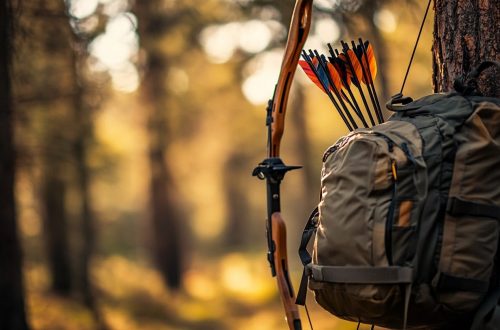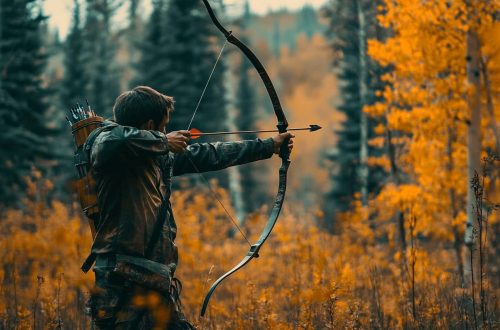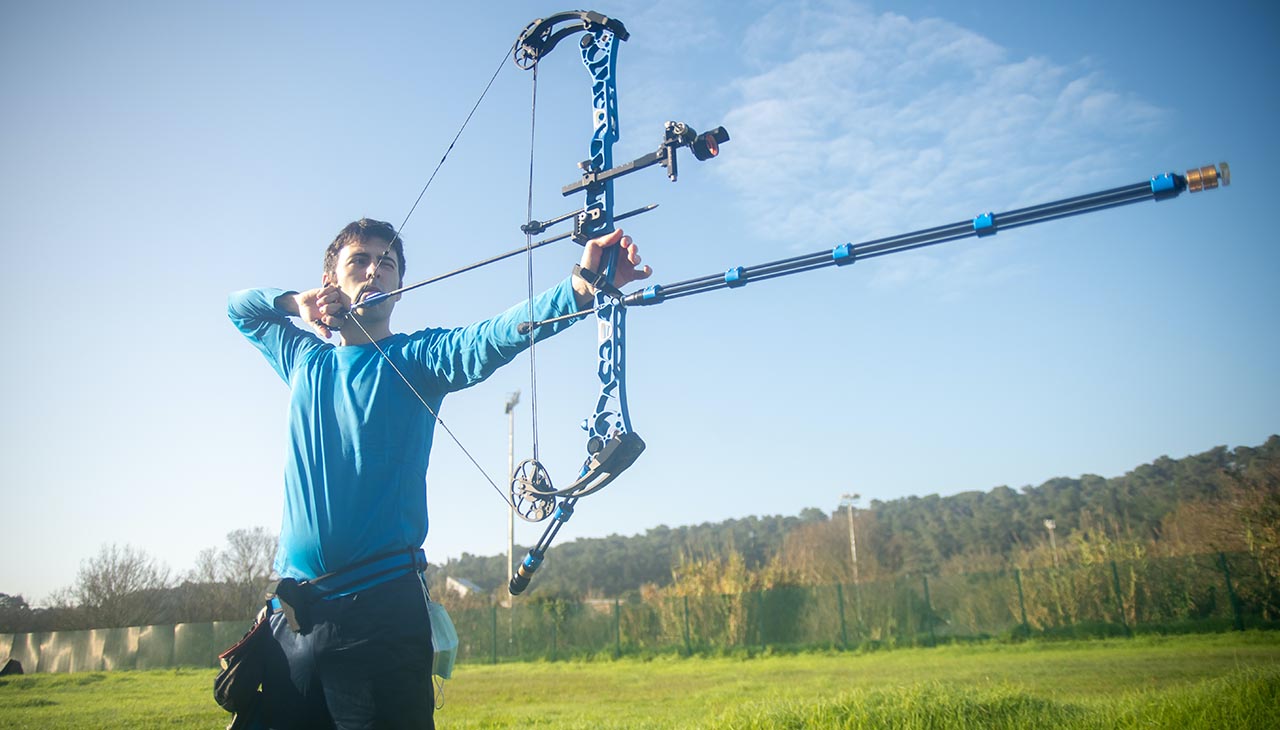In extreme survival situations, archery remains one of the most effective and versatile skills for self-sufficiency. Whether stranded in the wilderness or intentionally living off-grid, a bow can provide food, protection, and a way to signal for help. Unlike firearms, bows are silent, reusable, and don’t require complex maintenance or ammunition production. This makes archery an invaluable skill for anyone preparing to survive in the wild.
In this article, we’ll explore five essential archery skills that can make a significant difference in extreme conditions. From selecting the right bow to mastering precise shooting techniques, these skills can mean the difference between survival and struggle.
1. Choosing the Right Bow for Survival
Before learning advanced archery techniques, selecting the right bow for survival is crucial. The two main types of bows used in survival situations are recurve bows and longbows, both of which have been used for centuries due to their reliability and power.
Unlike compound bows, which rely on pulleys and cables, traditional bows can be repaired with basic tools and materials found in nature. A takedown recurve bow is an excellent choice for survivalists because it can be disassembled for easy transport and adjusted with different limbs for varying draw weights.
Key Considerations When Choosing a Survival Bow:
- Portability: A takedown recurve bow is easy to carry and store.
- Durability: Avoid overly complex mechanisms that may fail in harsh conditions.
- Draw Weight: Choose a bow with at least 40 lbs of draw weight for effective hunting.
- Arrow Compatibility: Ensure your bow can shoot a variety of arrows, including handmade ones if necessary.
A well-chosen bow becomes an extension of your survival skills, allowing you to hunt efficiently and defend yourself if necessary.
2. Precision Shooting: Hitting the Target Under Pressure
Accuracy is everything in survival archery. Whether hunting for food or defending against potential threats, a missed shot can waste valuable energy and resources. Developing muscle memory and a steady shooting form ensures consistency, even in high-stress situations.
Practical Drills to Improve Accuracy:
- Instinctive Shooting: This technique relies on practice and muscle memory rather than aiming sights. With enough training, your brain automatically calculates the trajectory based on previous shots.
- Snap Shooting: In real-life survival situations, you may not have time for a slow, careful shot. Practicing quick and instinctive shooting will help you react in unpredictable conditions.
- Shooting from Unstable Positions: Unlike target archery, survival shooting rarely happens on level ground. Practice shooting while kneeling, from behind cover, or in low-light conditions.
Building precision shooting skills takes time, but with dedication, your shots will become faster and more accurate.
3. Making and Maintaining Arrows in the Wild
In a long-term survival scenario, arrows will break, get lost, or become worn out. Knowing how to craft and maintain arrows using natural materials ensures you always have a steady supply.
How to Make Arrows from Natural Materials:
- Shafts: Use straight, sturdy branches like dogwood, willow, or bamboo. Strip the bark and allow them to dry for increased durability.
- Fletching: Bird feathers, duct tape, or even large leaves can be used to stabilize arrows in flight.
- Arrowheads: Sharp stones, bones, or metal shards can be shaped into effective tips. If no materials are available, fire-hardening a wooden point can add durability.
- Bowstring Maintenance: If your bowstring breaks, replace it with plant fibers, animal sinew, or high-strength cordage like paracord.
Even with store-bought arrows, maintaining them is critical. Regularly check for cracks, straighten bent shafts, and replace damaged fletchings to ensure accuracy.
4. Silent Hunting and Stalking Techniques
Unlike firearms, bows offer the advantage of silent hunting, making them ideal for catching prey without alerting other animals or potential threats. However, shooting skill alone won’t guarantee a successful hunt. Understanding wildlife behavior and stealth techniques are equally important.
Effective Stalking Strategies:
- Move with the Wind: Always approach prey from downwind to avoid being detected by scent.
- Slow and Low Movement: Move in short, slow steps to avoid making noise and stay below the animal’s line of sight.
- Use Natural Cover: Blend into the environment by using bushes, trees, and shadows.
- Take the Best Shot: Aim for vital organs (heart or lungs) to ensure a clean, ethical kill that doesn’t let the animal suffer or escape.
Mastering these techniques will significantly improve your hunting success rate, ensuring a reliable food source in survival situations.
5. Using Archery for Defense and Signaling
A bow isn’t just useful for hunting—it can also be a tool for self-defense and signaling for help in survival situations. While a bow may not offer rapid firepower like a firearm, it provides an advantage by allowing you to engage threats silently from a distance.
Defensive Archery Skills:
- Fast Reloading: Practice nocking arrows quickly to maintain a steady rate of fire in case of danger.
- Close-Range Accuracy: In self-defense, you may need to shoot at closer distances rather than long-range hunting shots.
- Using the Environment: High ground, cover, and natural obstacles can provide tactical advantages in a defensive situation.
Signaling for Rescue:
If lost in the wilderness, archery can also be used for signaling:
- Firing a Flaming Arrow: A fire-tipped arrow shot into the air at night can be an effective emergency signal.
- Marking a Path: Leaving arrows stuck in trees or landmarks can help rescuers track your location.
By thinking beyond traditional uses, archery becomes a multi-functional tool for survival.
Conclusion
Archery is more than just a hunting skill—it’s a critical survival tool that provides food, protection, and adaptability in extreme conditions. By mastering precision shooting, learning to craft arrows, using silent stalking techniques, and understanding its defensive applications, you can turn archery into an invaluable skill set for any survival situation.
Whether you’re a seasoned archer or a beginner, these five skills will help you become more self-sufficient in the wild. In a world where survival depends on resourcefulness, mastering the bow could be the key to thriving in the wilderness.




